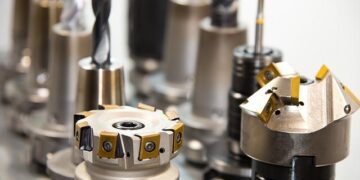Innovative Technology Aims to Enhance Illness Diagnosis via Breath Analysis
Revolutionizing Medical Diagnosis
Recent advancements in technology hold the potential for a groundbreaking approach in medical diagnostics, specifically through analyzing breath samples. This progress could significantly alter the way healthcare professionals detect various illnesses, heralding a new era of non-invasive testing.
The Science Behind Breath Analysis
Breath analysis leverages volatile organic compounds (VOCs) present in exhaled air to provide insights into an individual’s health. These chemical signatures can reveal critical information pertaining to conditions such as respiratory diseases and even certain types of cancer. As researchers delve deeper into this field, they are uncovering ways to utilize these biomarkers effectively for early detection and better patient outcomes.
How Does It Work?
The methodology revolves around collecting breath samples that are then analyzed using sophisticated sensors or mass spectrometry techniques. By identifying specific patterns and concentrations of VOCs associated with different diseases, experts can formulate diagnoses with remarkable accuracy. This method stands out due to its simplicity; unlike traditional diagnostic methods which may involve invasive procedures or extensive lab work, breath analysis offers a quick and painless alternative.
Current Developments in Breath Diagnostics
A number of recent studies have illustrated promising results for this innovative technique. For instance, research conducted by scientists at leading universities reported that advanced sensors could detect certain cancer markers in breath samples with over 90% accuracy. Moreover, companies specializing in medical technology are actively working on devices designed explicitly for clinical applications that could soon be available on the market.
Implications for Public Health
The implications of routine breath analysis extend beyond individual health assessments; they also encompass public health monitoring strategies. Early diagnosis through easy-to-use tools may lead to timely intervention and improved management of chronic diseases like asthma or COPD (Chronic Obstructive Pulmonary Disease), potentially reducing healthcare costs significantly.
Conclusion: A Future Full of Potential
With continuous research supporting this innovative discipline, the future looks bright for breath-based diagnostics as an essential tool within modern medicine. The prospect of diagnosing ailments simply from one’s exhalation is not only exciting but also symbolizes a shift towards more accessible healthcare solutions that prioritize patient comfort while maintaining high standards of accuracy and reliability in diagnosis.






























